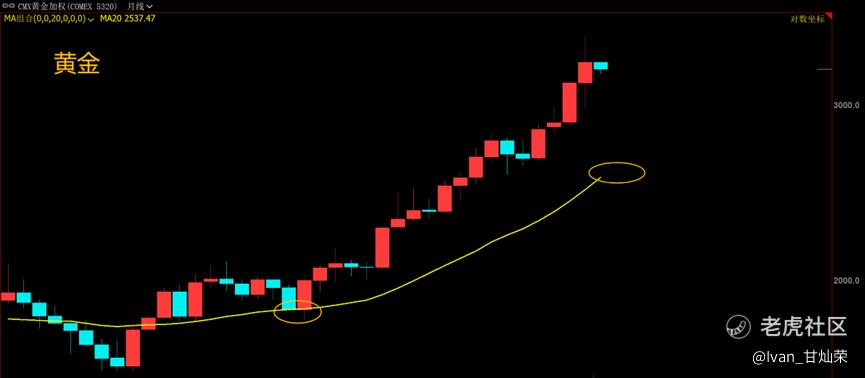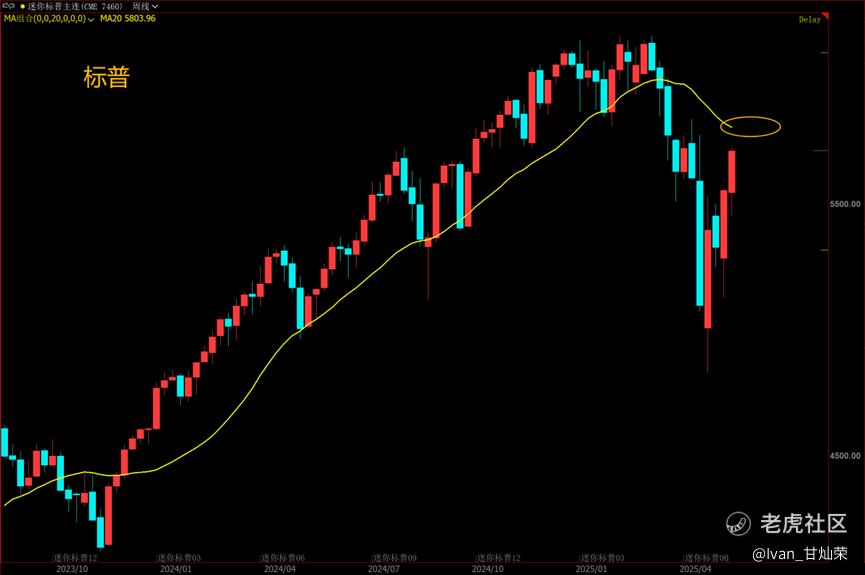Last week's post was a timely reminder: gold prices were facing correction expectations. As it turned out, stronger-than-expected nonfarm payroll data finally triggered a significant adjustment in gold prices. However, based on historical data of similar gold market trends, this correction is just getting started and remains far from the historical average decline of over 20%. With the Federal Reserve's interest rate meeting approaching next week, gold prices are likely to fall further. For those looking to "buy the dip," it's advisable not to rush in too soon.
Historical Magnitude and Timing of Gold Corrections
Anyone who has followed my posts or live streams knows that I always provide estimations of the extent and timing for every significant market move, and the accuracy of these predictions speaks for itself. Regarding this round of gold's correction, as previously discussed, this is not just a minor dip but a substantial adjustment.
Historically, this round of downward movement in gold prices is likely to reach a drop of more than 20% from its peak, placing the expected low somewhere between 2,600 and 2,800. Of course, the exact bottom will depend on the level of fear unleashed in the market-after all, without panic-driven selling, it’s impossible to accumulate cheap long positions. When fear takes over, corrections usually don't last very long; generally, the adjustment period is about one month, or roughly 20 trading days.
If the 3,500 price point proves to be the cycle's high, then the bottom of this round of correction should materialize by mid-to-late May. Those planning to catch the bottom should closely monitor these timelines. At that point, I will analyze for you whether what follows is a rebound or a full reversal. In summary, this is a sentiment-driven, swift market move with speculative value, but it does not reflect a fundamental change in market conditions-so make sure to keep pace with the market.
2. US Stock Indices to Face Important Resistance Levels Next Week
After the US stock indices broke above the 20-day moving average last week, the market briefly stabilized. Trump continued to send out signals of tariff relief, which has prevented the indices from breaking below their long-term bull trendline (the 20-month moving average).
Although the long-term trend is holding for now, the indices still face pressure from the short-term 20-week moving average. Next week, the S&P 500’s 20-week moving average will be near 5,800, coinciding with the Federal Reserve’s interest rate decision. Pay close attention to the statements and expectations from various market participants before and after the meeting. Given the strong jobs data, the Fed has little reason to rush into rate cuts, which could prompt Trump to once again criticize the central bank and keep market nerves taut.
Even without particularly negative surprises, the overhang of tariffs persists, while the lack of positive drivers means the stock market will likely remain in a slow bull pattern. Manage your expectations-stock indices usually accelerate on the downside, so there’s no harm in accumulating positions gradually during the uptrend. There’s still time to get in after breaking through major resistance. Additionally, Warren Buffett has just announced his retirement and said before stepping down that he plans to keep his investments in Japanese stocks unchanged for the next decade. This offers another point of reference for everyone. Consider paying more attention to other regional markets to broaden your investment portfolio.
$NQ100指数主连 2506(NQmain)$ $SP500指数主连 2506(ESmain)$ $道琼斯指数主连 2506(YMmain)$ $黄金主连 2506(GCmain)$ $WTI原油主连 2506(CLmain)$



Comments